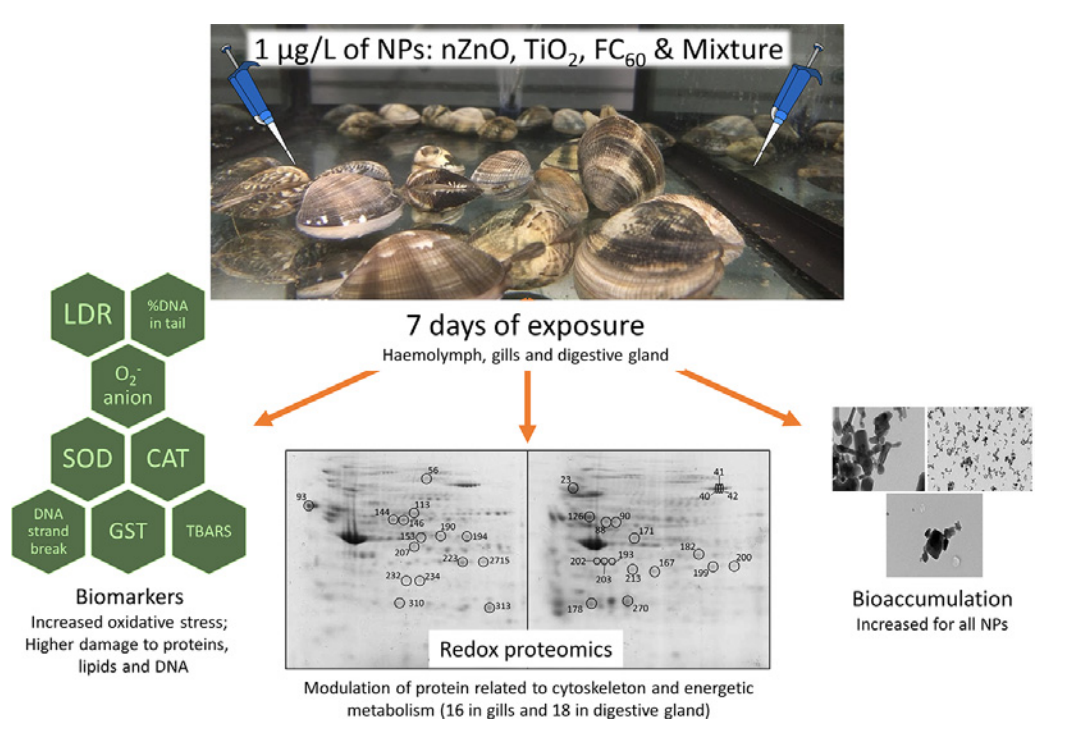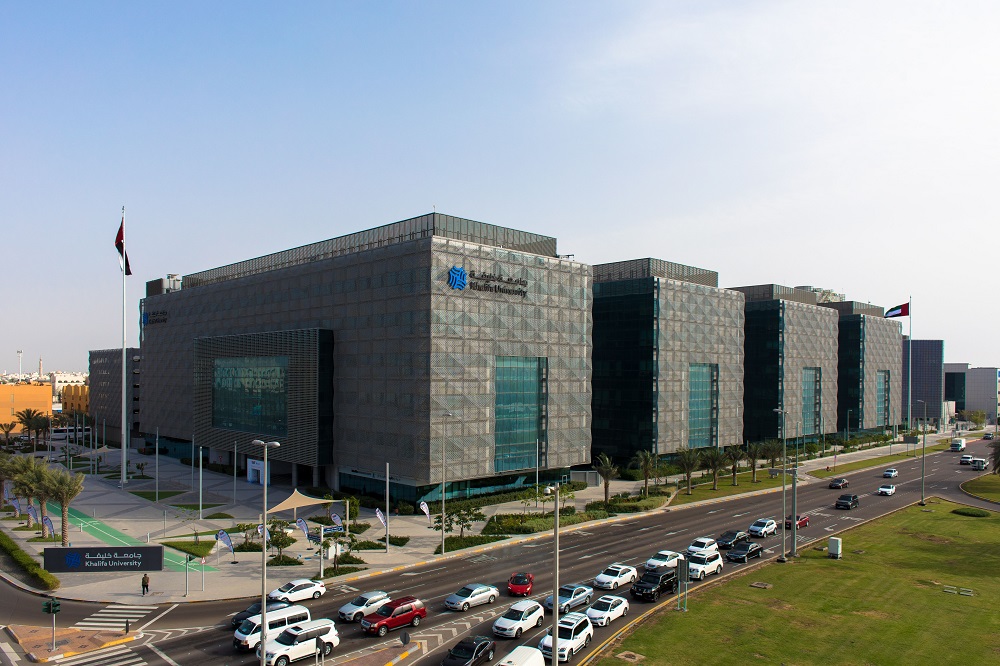
At first glance, violent crime and the novel coronavirus may not seem related. However, the spatial statistic methods used in a paper by Dr. Jorge Zubelli, Chair and Professor of Mathematics at Khalifa University, that studies violent crime in a metropolitan area, can be applied to the current global health situation.
“Although our paper is not about the coronavirus, it is related to the use of spatial statistical methods to address another type of disease: crime and violence,” explained Dr. Zubelli. “For our case study, we used statistical inference techniques to analyze gun shootings in highly populated areas, with the ultimate goal of predicting hot spots and addressing them with law enforcement or social measures. The characterization of the stochastic behavior is crucial for that which we do in our research using a database of shootings from collective information gathered through a mobile application.”
‘Stochastic’ implies the presence of an uncertain or random process; in Dr. Zubelli’s case study, this would be the time and space occurrences of gun crime. In epidemiological contexts, this would be the time and location of infection cases.
 “Crime, like many socioeconomic and environmental processes such as forest fires, earthquakes or disease outbreaks, takes the form of events occurring irregularly in space and time,” explained Dr. Zubelli. “Spatial and spatiotemporal point processes, which govern the location of a random number of events in a continuous domain, can be used to analyze this type of data. Point process modelling has been increasingly applied during the last decade to analyze a wide variety of crimes, including homicide and violent crime.”
“Crime, like many socioeconomic and environmental processes such as forest fires, earthquakes or disease outbreaks, takes the form of events occurring irregularly in space and time,” explained Dr. Zubelli. “Spatial and spatiotemporal point processes, which govern the location of a random number of events in a continuous domain, can be used to analyze this type of data. Point process modelling has been increasingly applied during the last decade to analyze a wide variety of crimes, including homicide and violent crime.”
Point process modelling of crime data mainly focuses on the detection and forecasting of hotspots; geographic locations of high crime concentration in comparison with the distribution of crime across the whole region of interest. A chronic hotspot is characterized by high crime volume over several years while temporary hotspots last just days or weeks and may be caused by contagion-like processes. An area plagued by gang warfare would be a chronic hotspot, while an area affected by looting following an event would be a temporary hotspot.
“Hotspot maps can be improved by incorporating covariates, such as landscape or demographic risk factors, or even social media information,” explained Dr. Zubelli. “We observed that some types of crime have a contagion-like behaviour, similar to that observed in seismology, where the occurrence of an earthquake increases the risk of aftershocks.”
The outbreak of disease can also be modelled by point process modelling. Each new case of Covid-19, for example, would be a time and space random event. It is modelled by a stochastic variable and temporary hotspots would be communities seeing high transmission rates. Understanding how and why these areas become hotspots can help to understand which measures to apply and when, all with the aim of slowing or stopping the spread of disease.
Characterizing hotspots can also indicate which strategies to take, whether to reduce crime or to prevent the spread of disease.
“Chronic or long-term hotspots are characterized by high crime volume over several years, and need problem-oriented policing strategies that focus on the root causes of crime,” explained Dr. Zubelli. “Temporary or short-term hotspots can be reduced through a temporary increase of police presence in the affected area.”
To apply this strategy to public health and epidemiology, one response to a chronic disease hotspot could be implementing lifestyle changes such as encouraging exercise or smoking cessation, while a temporary hotspot could be treated with an increase in healthcare staff or vaccinations.
Jade Sterling
News and Features Writer
1 April 2020






